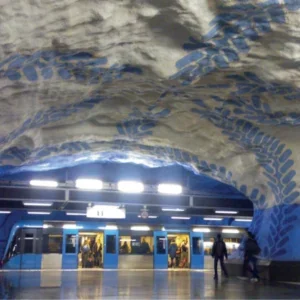Of importance to the industry in the UK, Europe and of wider relevance are CEN standards for the safety of tunnelling equipment. They are in the midst of a review with a tight consultation window. The process may be bureaucratic but it needs to hear from – you. Go to the BTS website.
Societies also decide how to spend their resources and create assets of use to the many, and that is part of the wonder and brilliance of civil engineering, part of which of course is the tunnelling sector, supporting opportunities to usefully employ the value of underground space. It may be out of sight to many but it offers wondrous possibilities for communities, in ways large and small – including threading networks of utilities through tunnels, which we look at in our technical focus this month.
Seeing possibilities through research and study also brings opportunity. We have details of how muons born of cosmic rays are richly penetrating everywhere, including underground, and methods are developing to see variations there, and voids. In this issue, we also learn about studies from Brenner Base Tunnel, where observations and modelling have given an alternative method of calculating asymmetrical displacements in cases of predominant foliation.
The issue also has our first preview of the World Tunnel Congress, to be hosted in Greece, in May, and where many views and insights will be exchanged, and lessons shared.
This issue also shares the experience of engineers who have taken on the challenges of undertaking challenging site investigation high in the Himalayan mountains of India, as presented at a BTSYM meeting.
But while going up, we also consider Alison Norrish of Arup’s view that, perhaps, we don’t have to continuously go down deeper in transport projects. She shares her views from working on design and project management on many major tunnelling projects, internationally.






